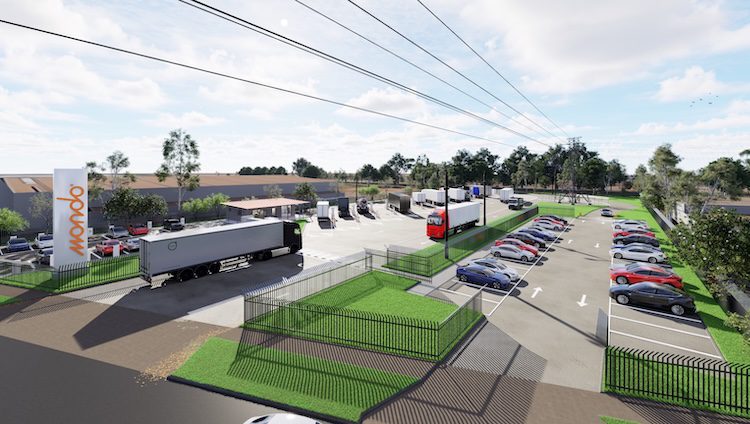
Charging infrastructure remains a significant barrier to the electrification of heavy transport in Australia, despite several east coast states now permitting electric trucks on their roads. To address this challenge, the Australian Renewable Energy Agency (ARENA) has awarded a substantial $12.3 million grant to establish the nation’s first electric heavy truck charging hub in western Melbourne.
Located in Laverton North, the hub will be constructed and managed by Mondo Power, the commercial arm of distribution company AusNet. It serves as a demonstration model for companies interested in transitioning their fleets to electric vehicles. The funding will help reduce the total cost of ownership for 20 heavy trucks, with Mondo Power purchasing and supplying the vehicles to trucking companies, alongside providing technical support, trials, and long-haul demonstrations.
Revolutionizing Heavy Transport
The project, set to open next year, marks a pivotal step in Australia’s journey towards sustainable heavy transport. AusNet’s Chief Development Officer, Jon D’Sylva, emphasized the hub’s significance as the first of its kind in the country. ARENA CEO Darren Miller highlighted the project’s potential to demonstrate the feasibility of integrating electrification into existing business models, thereby reducing emissions from road transport.
“Transport plays a vital role in Australia’s economy and contributes around 22 percent of emissions. By backing first-of-kind innovation like this, we can accelerate the sector’s adoption of clean technologies and bring us closer to our net zero goals,” said Miller.
The initiative is part of ARENA’s broader $100 million Driving The Nation fund, aimed at advancing heavy vehicle electrification. However, challenges remain regarding where and how heavy vehicle charging can occur. Sites must manage megawatt-sized power draws, and truck operators need assurance on charging speeds to minimize downtime.
Addressing Infrastructure and Regulatory Challenges
In July, industry leaders presented these concerns to a New South Wales government inquiry into electric vehicle charging infrastructure. They highlighted unresolved issues such as regulatory inconsistencies across states, which complicate the legal operation of electric trucks nationwide. Suggestions included establishing prime mover charge hubs every 100 kilometers along main highways and regional battery swapping hubs, contingent on government funding.
International perspectives, such as those from Finland’s Kempower, stress the necessity of integrated charging infrastructure at logistics centers and along highways to support long-haul journeys, a staple of prime mover operations. The concept of charging reservations is also gaining traction, enabling electric trucks to plan their routes efficiently.
Implications for the Future
The establishment of Australia’s first electric truck charging hub is a significant milestone in the country’s transition to sustainable transport. It not only showcases the potential of electrification in reducing emissions but also sets a precedent for future developments in the sector. As the project progresses, it will likely influence policy decisions and encourage further investment in clean technology infrastructure.
Looking ahead, the success of this hub could catalyze similar projects across the nation, fostering a network of charging stations that support the widespread adoption of electric heavy vehicles. This development is crucial for meeting Australia’s climate goals and ensuring the competitiveness of its transport industry in a rapidly evolving global market.







